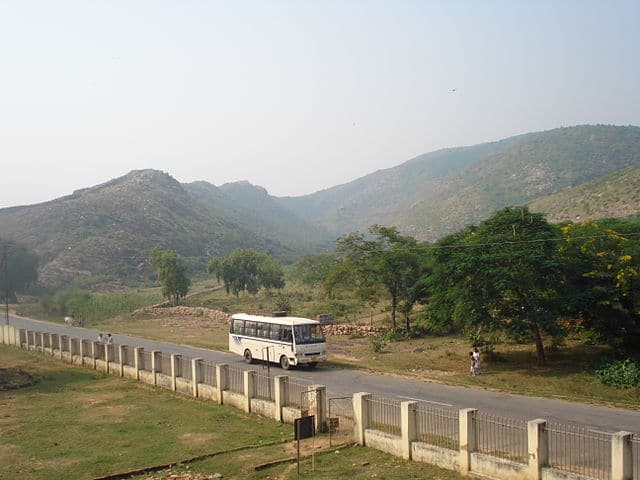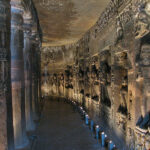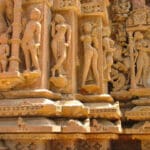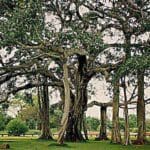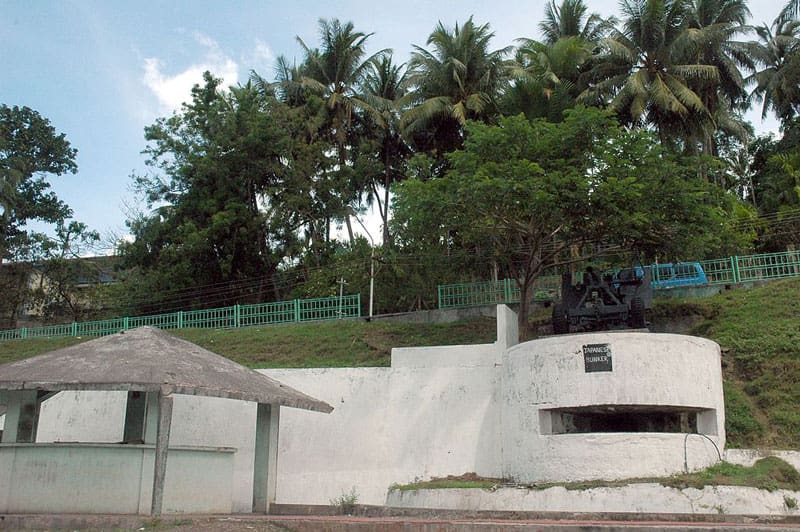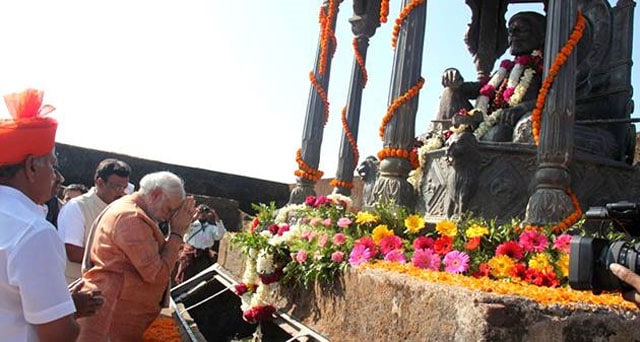Bihar Sharif, situated in the Nalanda district of Bihar, India, is a city teeming with history, spirituality, and cultural richness. Nestled amidst the serene landscapes of Bihar, this ancient city offers a plethora of attractions for tourists and pilgrims alike. Let’s delve into the top 5 places you must explore when visiting Bihar Sharif:
1. Tomb of Malik Ibrahim Baya
The Tomb of Malik Ibrahim Baya stands as a testament to the city’s rich Islamic heritage. Malik Ibrahim Baya, a revered Sufi saint of the 14th century, played a pivotal role in propagating Islam in the region. His mausoleum, adorned with intricate Mughal architecture and surrounded by lush greenery, serves as a sacred pilgrimage site for devotees seeking spiritual solace.
History:
Malik Ibrahim Baya, also known as Shah Arzani, was a prominent disciple of Sufi saint Hazrat Nizamuddin Auliya of Delhi. He migrated to Bihar Sharif during the reign of Sultan Muhammad bin Tughluq and devoted his life to spreading the message of peace and harmony.
Architectural Marvel:
The tomb’s architecture reflects a harmonious blend of Mughal and Indo-Islamic styles, characterized by intricately carved marble lattice screens, domes, and minarets. The serene ambiance and historical significance of the site make it a must-visit destination for history enthusiasts and spiritual seekers alike.
2. Tomb of Makhdum Shah Sharif-ud-din
The Tomb of Makhdum Shah Sharif-ud-din, located in Bihar Sharif, is revered as one of the holiest shrines in the region. Makhdum Shah Sharif-ud-din, a renowned Sufi saint and scholar, is venerated for his contributions to Islamic mysticism and literature. The tranquil surroundings of the tomb, coupled with its architectural grandeur, attract pilgrims and tourists from far and wide.
Spiritual Legacy:
Makhdum Shah Sharif-ud-din, also known as Makhdoom-ul-Mulk, was a revered saint of the Chishti order. His teachings emphasized love, compassion, and the pursuit of spiritual enlightenment, inspiring countless followers to lead lives of piety and virtue.
Architectural Splendor:
The tomb complex is adorned with exquisite marble carvings, intricate calligraphy, and ornate embellishments, showcasing the artistic brilliance of medieval craftsmen. Visitors can explore the beautifully landscaped gardens surrounding the tomb, offering a serene retreat for introspection and prayer.
3. Karbala, Bihar Sharif
Karbala in Bihar Sharif holds profound significance for the Shia Muslim community, especially during the month of Muharram. It serves as a poignant reminder of the martyrdom of Imam Hussain, the grandson of Prophet Muhammad, and his companions in the Battle of Karbala. The atmosphere during Muharram is charged with emotion as devotees commemorate the sacrifices of the martyrs and participate in mourning processions.
Symbol of Resilience:
Karbala, with its replica of the sacred shrine in Iraq, stands as a symbol of resilience and devotion for Shia Muslims worldwide. The solemn rituals and spiritual fervor witnessed during Muharram underscore the enduring legacy of Imam Hussain and his message of truth and justice.
Cultural Heritage:
The observance of Muharram in Bihar Sharif is marked by various rituals, including majlis (religious gatherings), matam (ritual mourning), and taziyah (processions). Visitors can immerse themselves in the rich cultural heritage of the Shia community and gain insight into the significance of Karbala in Islamic history.
4. Bara Qabar
Bara Qabar, or the Twelve Graves, is a sacred site believed to house the graves of twelve descendants of Prophet Muhammad. Situated amidst idyllic surroundings, this revered shrine attracts devotees seeking blessings and spiritual fulfillment. The tranquil ambiance and historical aura of Bara Qabar make it a sanctuary for introspection and prayer.
Legends and Lore:
According to local folklore, the twelve graves at Bara Qabar are associated with revered saints and spiritual luminaries who played a pivotal role in spreading the message of Islam in the region. Pilgrims visit the site to pay homage to these holy figures and seek their intercession for blessings and divine mercy.
Pilgrimage Destination:
Bara Qabar serves as a sacred pilgrimage destination during auspicious occasions, drawing devotees from various parts of the country. The serene surroundings, coupled with the spiritual aura of the site, create an atmosphere of reverence and devotion, fostering a sense of unity and brotherhood among pilgrims.
5. Jama Masjid
Jama Masjid, a historic mosque dating back to the Mughal era, is a prominent landmark in Bihar Sharif. Built in the 16th century by Sultan Ibrahim Shah Sharqi, the mosque stands as a testament to the city’s rich architectural heritage. Visitors can marvel at the mosque’s exquisite design and intricate artwork while soaking in the spiritual ambiance of the surroundings.
Architectural Grandeur:
Jama Masjid is renowned for its elegant domes, towering minarets, and intricately carved mihrabs, showcasing the artistic brilliance of Mughal craftsmen. The symmetrical layout and geometric patterns of the mosque reflect a harmonious blend of Persian and Indian architectural styles, leaving visitors awe-struck by its beauty and magnificence.
Cultural Hub:
Jama Masjid serves as a vibrant hub of religious and cultural activities, hosting daily prayers, Friday sermons, and special congregational events. The mosque’s expansive courtyard provides a tranquil space for worshipers to offer their prayers and seek spiritual enlightenment, fostering a sense of community and belonging among the faithful.
Bihar Sharif, with its rich tapestry of history, spirituality, and cultural diversity, offers a truly immersive experience for travelers. Whether you’re exploring ancient monuments, witnessing religious rituals, or simply soaking in the city’s vibrant atmosphere, Bihar Sharif promises an unforgettable journey filled with discovery and enlightenment.
How to Reach Bihar Sharif
Bihar Sharif is well-connected by road, rail, and air transportation networks, making it easily accessible from major cities across India. The nearest airport is located in Patna, approximately 90 kilometers away, with regular flights operating to and from various destinations. Additionally, the city has a railway station with frequent train services connecting it to neighboring towns and cities. Travelers can also opt for bus services or private taxis to reach Bihar Sharif conveniently.
Accommodation Options
Bihar Sharif offers a range of accommodation options to suit every budget and preference. From budget guesthouses to luxury hotels, travelers can find comfortable lodging facilities with modern amenities and warm hospitality. Some popular accommodation choices in Bihar Sharif include Hotel Nalanda Regency, Hotel Grand Oraya, and Hotel Siddhartha International. It is advisable to book your stay in advance, especially during peak tourist seasons, to ensure a hassle-free experience.
Local Cuisine
Exploring Bihar Sharif’s culinary delights is a treat for food enthusiasts, with a variety of traditional dishes and flavors to savor. From savory delicacies like litti chokha, sattu paratha, and dal puri to delectable sweets like khaja, tilkut, and malpua, the city offers a gastronomic journey that tantalizes the taste buds. Visitors can indulge in authentic Bihari cuisine at local eateries, roadside stalls, and restaurants, experiencing the rich culinary heritage of the region.
Nearby Hotels and Restaurants
For dining options, travelers can explore a diverse range of restaurants and eateries in Bihar Sharif, offering an array of cuisines to suit every palate. Some popular dining establishments include Zayka Restaurant, Royal Treat Restaurant, and Rangoli Restaurant, known for their delicious flavors and warm hospitality. As for accommodation, nearby hotels such as Hotel Buddha International and Hotel Kumar International provide comfortable stays with convenient access to local attractions and amenities.
Travel Tips
- Plan your visit to Bihar Sharif during the winter months (October to February) to enjoy pleasant weather and avoid the summer heat.
- Respect local customs and traditions, especially when visiting religious sites and participating in cultural events.
- Carry sufficient cash and essential items as ATMs and shops may be limited in certain areas.
- Hire a local guide to enhance your sightseeing experience and gain insights into the city’s history and heritage.
- Dress modestly and adhere to dress codes, particularly when visiting religious shrines and mosques, to show respect and reverence.
Bihar Sharif is a treasure trove of historical landmarks, spiritual sanctuaries, and cultural gems, offering a captivating blend of heritage and hospitality. Whether you’re a history buff, a devout pilgrim, or a curious traveler, Bihar Sharif beckons with its timeless charm and timeless allure, inviting you to embark on a transformative journey of exploration and discovery.
FAQs
- Is Bihar Sharif safe for tourists?
- Yes, Bihar Sharif is generally safe for tourists. However, it’s advisable to take normal precautions and avoid isolated areas, especially at night.
- What is the best time to visit Bihar Sharif?
- The best time to visit Bihar Sharif is during the winter months (October to February) when the weather is pleasant and ideal for sightseeing.
- Are there any religious festivals celebrated in Bihar Sharif?
- Yes, Bihar Sharif is known for its vibrant celebrations during festivals like Muharram and Eid. Visitors can witness colorful processions and cultural events during these times.
- What are some other attractions near Bihar Sharif?
- Some other attractions near Bihar Sharif include Nalanda University, Pawapuri (where Lord Mahavira attained Nirvana), and Rajgir Hot Springs.
- Can I explore Bihar Sharif on foot?
- Yes, many of the main attractions in Bihar Sharif are located within walking distance of each other. However, you may need to hire transportation for sites located further away.


